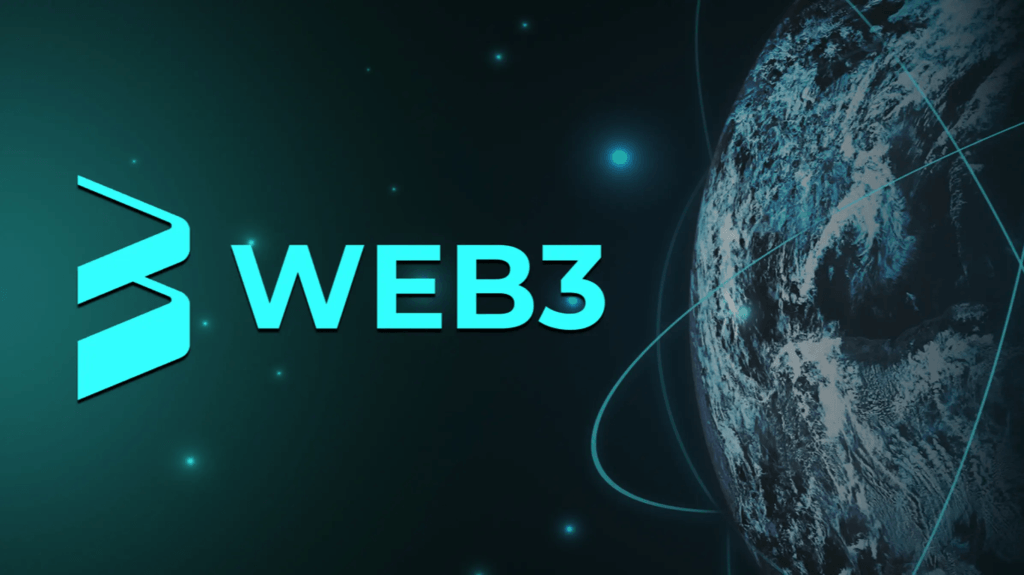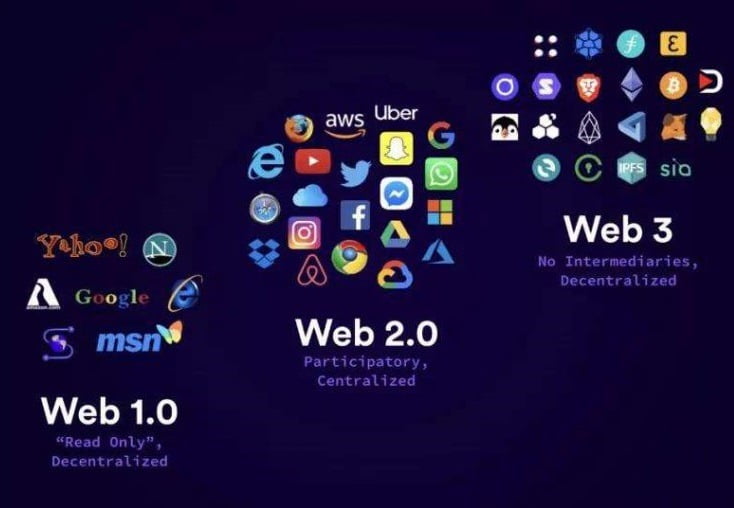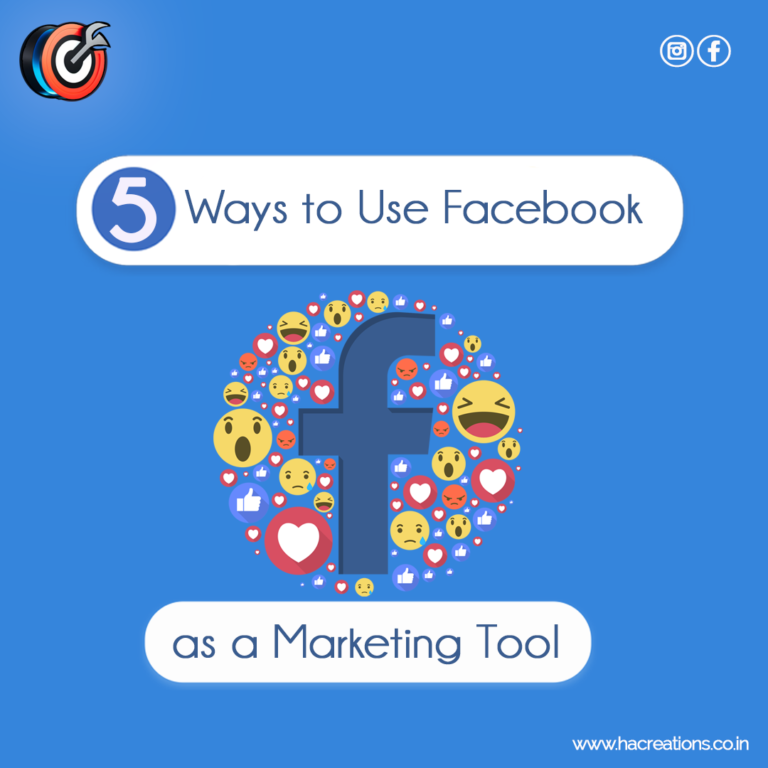Web3 Introduction

In today’s rapidly evolving digital world, the term ” Web3 marketing ” has been making waves. But what exactly is Web3 marketing and how does it differ from traditional marketing approaches? In this comprehensive guide, we will delve into the depths of Web3 marketing, explore its core principles, and understand its potential impact on the future of advertising. Get ready to unlock a new realm of possibilities as we navigate the exciting world of Web 3 marketing.
What Is Web3 Marketing?

Web3 marketing refers to the marketing strategies and techniques employed in the Web3 era, where decentralized technologies, such as blockchain and cryptocurrencies, revolutionize the way we interact, transact, and communicate online. Web3 represents a paradigm shift from the centralized Web2 model, which relied on intermediaries and gatekeepers to facilitate digital interactions. In contrast, Web3 is built on the principles of decentralization, trust, and transparency, empowering individuals and communities to take control of their digital identities and data.

The Rise of Web3 Marketing

- From Centralized to Decentralized: Embracing the Web 3 RevolutionAs we transition from the centralized Web2 to the decentralized Web3, the marketing landscape undergoes a significant transformation. With Web3, marketers have the opportunity to engage with users directly, eliminating intermediaries and fostering more authentic and personalized connections.
- Blockchain and Smart Contracts: Enabling Transparent and Trustworthy MarketingBlockchain technology forms the backbone of Web3 marketing. By leveraging the decentralized nature of blockchain, marketers can ensure transparency and trust in their campaigns. Smart contracts, powered by blockchain, enable secure and automated transactions, eliminating the need for intermediaries and reducing costs.
- Tokenization and Digital Assets: Unlocking New Revenue StreamsWeb3 marketing introduces the concept of tokenization, where digital assets can be represented and traded on blockchain networks. Marketers can leverage tokenization to create unique digital assets, incentivize user engagement, and even generate new revenue streams through tokenized campaigns and loyalty programs.
- Community Engagement and Participation: Empowering the UserWeb3 marketing emphasizes community engagement and participation. Marketers can create decentralized communities where users actively contribute, provide feedback, and co-create products and services. This participatory approach fosters a sense of ownership and loyalty among users, leading to deeper brand connections.
The Core Principles of Web3 Marketing

- Transparency and Traceability: Building Trust through OpennessOne of the fundamental principles of Web3 marketing is transparency. With blockchain technology, marketers can provide transparent records of transactions, ensuring the traceability of digital assets and enhancing trust between brands and consumers.
- User Empowerment and Control: Putting the Individual in Charge Web 3 marketing shifts the power dynamic from brands to individuals. Users have greater control over their data, deciding when, where, and how it is shared. Marketers must respect user autonomy and provide value in exchange for data, fostering trust and loyalty.
- Personalization and Customization: Tailoring Experiences for Individuals Web 3 marketing enables personalized and customized experiences. By leveraging user data (with explicit consent), marketers can deliver tailored content, products, and services, enhancing customer satisfaction and driving engagement.
- Incentivization and Gamification: Encouraging Active ParticipationWeb3 marketing introduces incentives and gamification to motivate user engagement.By rewarding users with tokens or digital assets for their contributions, marketers can create a sense of excitement, encourage active participation, and foster a thriving community.
Frequently Asked Questions (FAQs)
Q1: What are some examples of Web3 marketing campaigns?
Web3 marketing campaigns can take various forms. For instance, brands can launch tokenized loyalty programs, where users earn tokens for their purchases and engagement. Another example is decentralized content platforms, where creators are rewarded with tokens based on the value they bring to the community.
Q2: How can Web3 marketing enhance customer trust and loyalty?
Web3 marketing prioritizes transparency and user control, which are key factors in building trust and fostering loyalty. When customers have control over their data and can verify the authenticity of transactions, they are more likely to develop long-term relationships with brands.
Q3: Are there any risks associated with Web3 marketing?
As with any emerging technology, Web3 marketing presents certain risks. These include regulatory uncertainties, potential security vulnerabilities, and the need for education and awareness among users. However, with careful planning and adherence to best practices, these risks can be mitigated.
Q4: How can small businesses leverage Web 3 marketing?
Web3 marketing offers opportunities for businesses of all sizes. Small businesses can tap into decentralized platforms to reach niche audiences and engage with their communities directly. Tokenized campaigns and loyalty programs can also help small businesses build customer loyalty and drive growth.
Q5: What skills are required for Web 3 marketing?
Web3 marketing demands a blend of traditional marketing skills and an understanding of blockchain technology. Proficiency in data analysis, customer relationship management, and community management is essential. Familiarity with blockchain concepts, smart contracts, and tokenization is also beneficial.
Q6: How can marketers stay updated with the latest Web 3 marketing trends?
Web3 marketing is a rapidly evolving field, so staying informed is crucial. Marketers can join Web3 communities, attend industry conferences and events, follow thought leaders and influencers, and engage in continuous learning through online resources and courses.
Conclusion
As we conclude our journey into the realm of Web3 marketing, one thing becomes clear: the future of advertising lies in decentralization, transparency, and user empowerment. Web3 marketing presents exciting opportunities for brands to redefine their relationship with customers, build trust, and foster communities. By embracing Web 3 principles and leveraging decentralized technologies, marketers can navigate the evolving digital landscape with confidence and unlock the vast potential of the Web 3 era.
Remember, the world of Web 3 marketing is constantly evolving, so keep exploring, learning, and adapting to stay ahead in this dynamic landscape.




